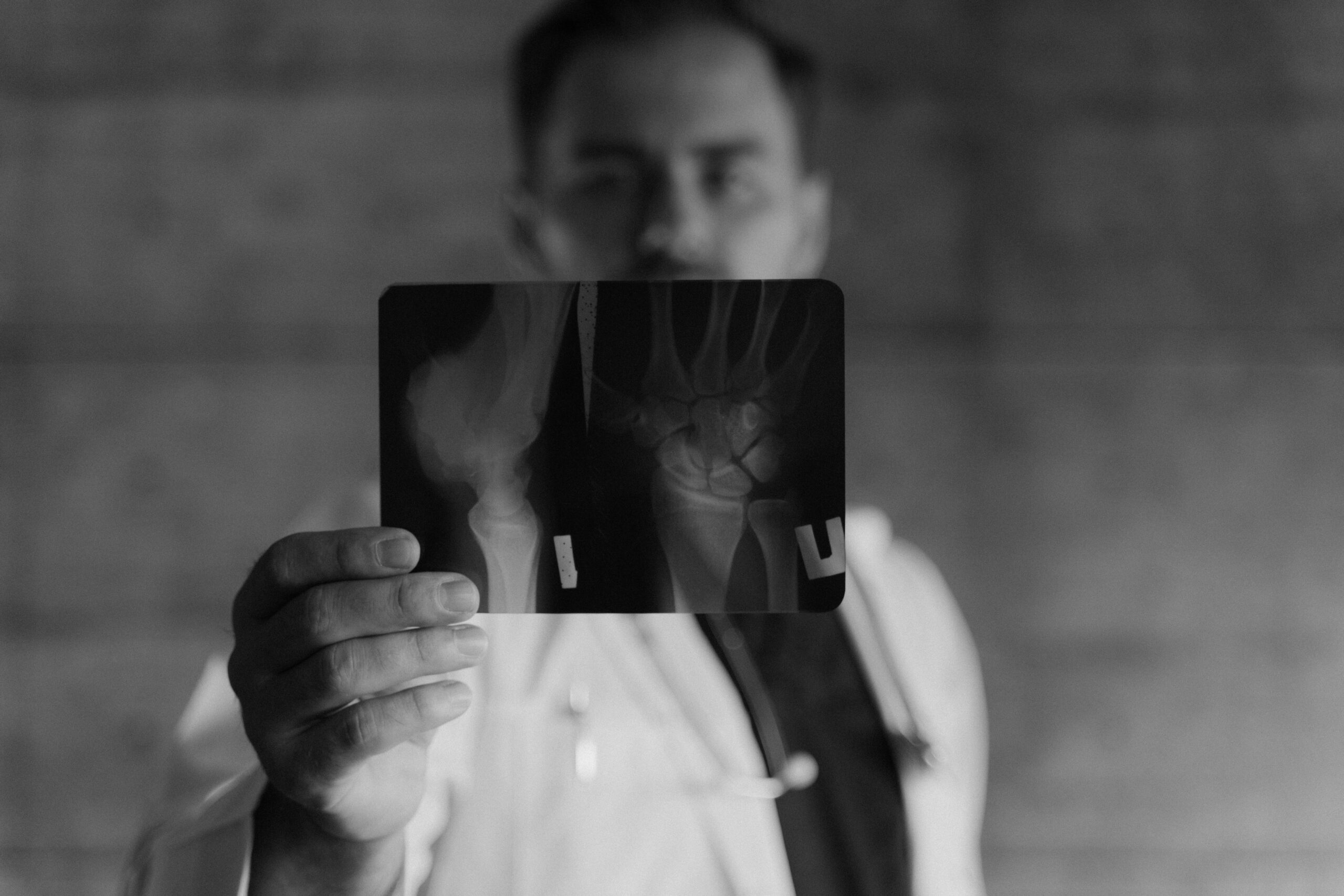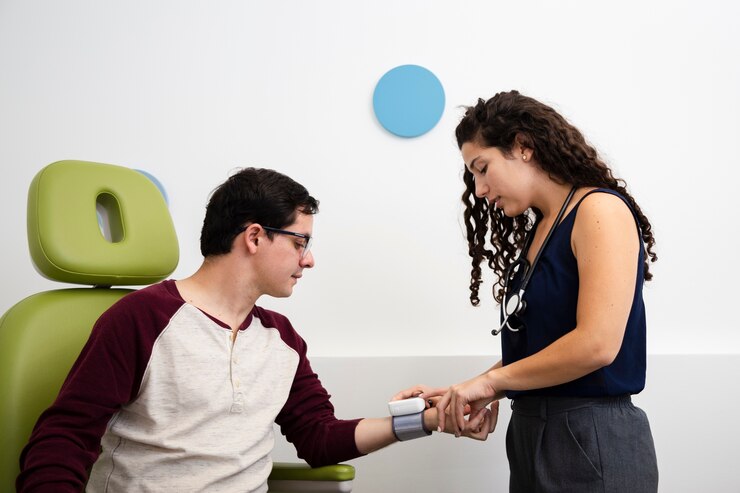CPT Codes for Physical Therapy: Your Ultimate Guide
CPT codes for physical therapy are essential for ensuring proper reimbursement and maintaining smooth healthcare operations. These codes play a crucial role in physical therapy small practices medical billing process, enabling healthcare providers to document and bill for the services they deliver accurately.
Proper use of CPT codes not only ensures timely payments from insurance companies but also helps avoid claim denials and financial discrepancies. For healthcare providers, mastering these codes is vital for sustaining financial health and delivering continuous quality care to patients.
What are CPT Codes?
CPT codes, or Current Procedural Terminology codes, are a standardized set of medical codes used to describe medical, surgical, and diagnostic services. Developed and maintained by the American Medical Association (AMA), these codes are essential for the documentation and billing of healthcare services.
Each code uniquely identifies a specific service or procedure, allowing for consistent communication between healthcare providers, insurers, and patients.
By using CPT codes, healthcare providers can ensure accurate billing, streamline the reimbursement process, and maintain comprehensive patient records.
Common CPT Codes Used in Physical Therapy
In physical therapy, specific CPT codes are frequently used to represent the various treatments and procedures performed. These codes help streamline the billing process and ensure accurate reimbursement from insurance companies.
Below is a table summarizing some of the most common CPT codes used in physical therapy, along with their descriptions:
CPT Code | Description |
97110 | Exercises to improve strength, endurance, range of motion, and flexibility, lasting 15 minutes |
97140 | Hands-on therapy techniques, including connective tissue massage, joint mobilization, manipulation, and manual traction, for 15 minutes |
97112 | Neuromuscular re-education for movement, balance, coordination, posture, and proprioception in one or more areas, each session lasting 15 minutes |
97530 | Therapeutic activities aimed at improving functional performance and movement |
97010 | Application of hot or cold packs for therapy |
97014 | Unattended electrical stimulation therapy |
G0283 | Unattended electrical stimulation therapy for conditions other than wound care included in a therapy plan |
97161 | Low-complexity physical therapy evaluation |
97035 | Ultrasound therapy for 15 minutes |
97116 | Gait training, including stair climbing, for 15 minutes |
97162 | Moderate complexity physical therapy evaluation |
97535 | Training for self-care and home management tasks, such as daily living activities, meal preparation, safety, and use of adaptive devices, for 15 minutes |
97507 | Individual therapy for speech, language, voice, communication, and auditory processing disorders |
97016 | Therapy using vasopneumatic devices |
97164 | Re-evaluation of an existing physical therapy plan |
97032 | Manual electrical stimulation therapy, each session lasting 15 minutes |
97012 | Application of mechanical traction to one or more areas |
97150 | Group therapeutic procedures for two or more individuals without a specific time limit |
Less Common Physical Therapy Codes
While there are several commonly used CPT codes in physical therapy, many other less common codes are also essential for specific treatments and procedures. These codes represent specialized therapies that address particular patient needs, often involving unique techniques or equipment. Here are some of these less common CPT codes in physical therapy:
97018: Paraffin Bath Therapy: Uses warm water or wax to reduce pain and tenderness in the hands while maintaining muscle strength
97022: Whirlpool Therapy: Utilizes warm water to decrease swelling, promote wound healing, improve motion, reduce pain, and decrease muscle spasms
97024: Diathermy: A method that involves using deep heat to treat muscles and joints
97026: Infrared Therapy: Employs infrared light to reduce swelling, promote wound healing, improve motion, alleviate pain, and decrease muscle spasms
97028: Ultraviolet Therapy: Uses ultraviolet light to reduce swelling, promote wound healing, enhance motion, reduce pain, and decrease muscle spasms
97032: Electrical Stimulation (Manual): Involves manual electrical stimulation to reduce swelling, promote wound healing, improve motion, alleviate pain, and decrease muscle spasms
97033: Electric Current Therapy (Iontophoresis): It uses electric current to deliver medication through the skin
97034: Contrast Bath Therapy: Alternating immersion in hot and cold water to decrease swelling, promote wound healing, improve motion, reduce pain, and decrease muscle spasms
97036: Hydrotherapy (Hubbard Tank): Therapy is conducted in a large tank of water, often for patients with extensive burns or other significant injuries
97113: Aquatic Therapy/Exercises: Exercises performed in water to relieve stress on joints, each session lasting 15 minutes
97124: Massage Therapy: Massage involving striking, compression, and percussion to one or more areas of the body
97127: Therapeutic Interventions (Cognitive Focus): Interventions aimed at improving cognitive function
97139: Physical Medicine Procedure: A general code for procedures that do not have a specific CPT code
97151: Behavioral Identification Assessment: Assessment to identify behavioral patterns and needs
97153: Adaptive Behavior Treatment (Protocol): Treatment following a specific protocol to improve adaptive behaviors
97154: Group Adaptive Behavior Treatment (Protocol): Group therapy following a protocol to improve adaptive behaviors
97155: Adaptive Behavior Treatment (Protocol Modification): Treatment involving modifications to a standard protocol to better suit patient needs
97156: Family Adaptive Behavior Treatment Guidance: Guidance provided to families to support adaptive behavior treatment
97157: Multi-Family Adaptive Behavior Treatment Guidance: Guidance provided to multiple families together to support adaptive behavior treatment.
97542: Wheelchair Management: Includes assessment of the wheelchair, fitting, and training related to movements and transfers
97158: Group Adaptive Behavior Treatment: Group therapy aimed at improving adaptive behaviors
97750: Physical Performance Test: Tests to evaluate physical performance and capabilities
97755: Assistive Technology Assessment: Assessment of the need for and appropriate use of assistive technology
97760: Orthotic Management and Training (First Encounter): Initial assessment and fitting of orthotic devices can include upper extremities, lower extremities, and trunk
97761: Prosthetic Training (First Encounter): Initial training on how to use a prosthetic device
97762: Orthotic/Prosthetic Checkout: Follow-up visit to ensure proper use and fit of an orthotic or prosthetic device
97763: Orthotic/Prosthetic Management (Subsequent Encounters): Ongoing management and adjustments of orthotic or prosthetic devices
What is the Difference Between CPT Code 97110 and 97530?
Understanding the distinction between CPT codes 97110 and 97530 is crucial in occupational and physical therapy billing. Both codes, 97110 and 97530, represent important therapeutic interventions, but they address different aspects of patient treatment. CPT code 97110 refers specifically to therapeutic exercises aimed at developing strength, endurance, range of motion, and flexibility.
On the other hand, CPT code 97530 covers therapeutic activities or kinetic activities that focus on improving functional performance and mobility rather than specific muscle strengthening.
Despite their similarities, these codes differ in their therapeutic goals and the types of activities they encompass, which impacts how they are applied and billed in healthcare settings.
Here’s the table summarizing the differences between CPT codes 97110 and 97530:
CPT Code | Description |
97110 | Therapeutic exercises to develop strength, endurance, range of motion, and flexibility |
97530 | Therapeutic activities/kinetic activities aimed at improving functional performance and mobility |
How to Use CPT Codes Correctly?
Benefits of Proper CPT Coding in Physical Therapy
Proper CPT coding in physical therapy offers numerous benefits that enhance patient care, streamline administrative processes, and ensure financial health for healthcare providers. Accurate coding facilitates clear communication between healthcare providers, insurers, and patients, leading to efficient reimbursement and reduced claim denials.
By documenting services correctly with appropriate CPT codes, physical therapists can demonstrate the medical necessity of treatments and procedures, which supports compliance with regulatory requirements.
Facilitates Reimbursement: Ensures prompt and accurate reimbursement from insurance companies for services rendered.
Reduces Claim Denials: Minimizes errors that could lead to claim rejections or denials, saving time and effort in resubmissions.
Supports Medical Necessity: Demonstrates the necessity of treatments and procedures based on documented conditions and patient needs.
Ensures Compliance: Helps adhere to regulatory guidelines and standards, avoiding penalties and audits.
Enhances Communication: Improves communication among healthcare providers, insurers, and patients through standardized coding language.
Improves Data Accuracy: Contributes to accurate data collection for research, quality improvement, and healthcare analytics.
Streamlines Administrative Processes: Simplifies administrative tasks related to billing, coding, and claims management.
Boosts Financial Health: Maximizes revenue by optimizing reimbursement and minimizing financial discrepancies.
Facilitates Comparative Analysis: Enables comparison of treatment outcomes and effectiveness based on standardized coding practices.
Closing Thoughts
CPT codes for physical therapy are essential for healthcare providers aiming to deliver effective care while navigating the complexities of medical billing and reimbursement. By accurately coding treatments and procedures, providers ensure not only financial stability but also demonstrate the value and necessity of their services to insurers and regulatory bodies.
Understanding and correctly applying CPT codes not only facilitates smooth administrative processes but also supports comprehensive patient care and contributes to ongoing advancements in healthcare practices and research.
Table of Contents
- CPT Codes for Physical Therapy: Your Ultimate Guide
- What are CPT Codes?
- Common CPT Codes Used in Physical Therapy
- Less Common Physical Therapy Codes
- What is the Difference Between CPT Code 97110 and 97530?
- How to Use CPT Codes Correctly?
- Benefits of Proper CPT Coding in Physical Therapy
- Closing Thoughts





